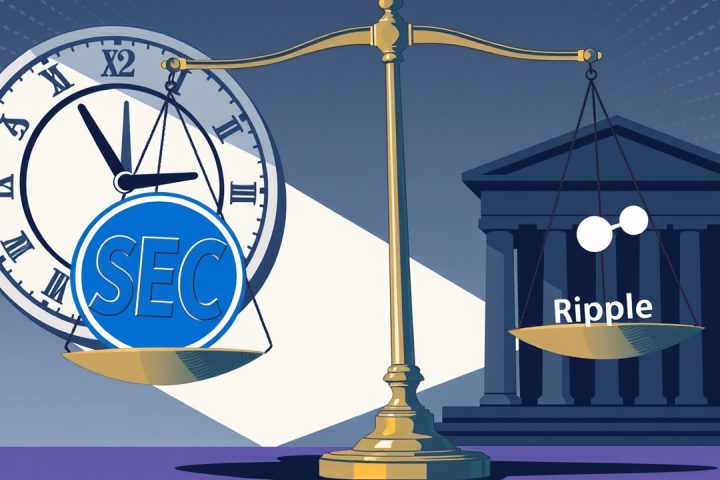Shiba Inu Development Team Restores Shibarium Network
In a significant turn of events, the Shiba Inu development team has successfully restored its Shibarium network after facing a serious breach. This restoration follows a sophisticated attack that exploited vulnerabilities in the network’s bridge, which compromised operations and placed user assets at risk. Developers dedicated ten intense days to strengthening the system and securing assets, ultimately implementing robust protective measures to safeguard the ecosystem against potential future threats.
Details of the Attack
Lead developer Kaal Dhairya provided insights into the nature of the exploit, which involved submitting three phony checkpoints to Shibarium’s Ethereum contracts. This deceit caused a disconnection in Heimdall, disrupting its connection to the local and on-chain states. Complicating matters, the attacker staked a staggering 4.6 million BONE tokens, which posed a significant risk to validator thresholds, necessitating immediate action from the development team.
Recovery Efforts
The Shiba Inu core team, with assistance from external partners, worked tirelessly around the clock to address these issues. According to Dhairya, late nights and weekends were consumed by recovery efforts, with cybersecurity firm Hexens.io being enlisted for independent verification of newly implemented fixes. The team conducted daily strategy meetings, emergency syncs, and meticulous log reviews to ensure accuracy throughout the recovery process.
To effectively manage the recovery, responsibilities were divided among the infrastructure, validator operations, test networks, and monitoring teams. This approach allowed for simultaneous progress while ensuring rigorous oversight. Following successful stabilization, several key long-term strategies were initiated. Over 100 contracts across Shibarium, ShibaSwap, and the Shiba Inu Metaverse were transitioned to multi-signature wallets—a critical step in enhancing security. Moreover, validator signing keys underwent rotation, and a blacklist feature was added to staking operations. Prior to launching on the Mainnet, each measure was tested on the Devnet and Puppynet environments to ensure reliability.
Token Recovery and Future Plans
A remarkable highlight from the recovery was the retrieval of the 4.6 million BONE tokens connected to the attacker. Utilizing the StakeManager, the team executed a precise recovery operation to restore the integrity of the ledger and eliminate any malicious staking. Furthermore, withdrawal processes were extended significantly, changing from one checkpoint to roughly 30 checkpoints to facilitate the early detection of abnormalities.
The Shiba Inu team has announced that the checkpointing on Heimdall is now securely reinstated. Dhairya explained that the repairs were rolled out in phases, starting with Devnet, proceeding to Puppynet, and ultimately reaching the Mainnet. Initially, the team contemplated engaging the attacker, but after receiving no response and observing movement of the stolen assets, they opted against offering a bounty due to operational concerns.
Looking Ahead
Looking ahead, developers are charting a cautious course to restore full bridge functionality. Enhancements will include a blacklist mechanism on the Plasma Bridge to prevent transactions from malicious entities. The reinstatement of bridge operations will be phased in gradually once the new protections are fully operational. Additionally, discussions are underway to ensure equitable compensation for users affected by the incident through controlled withdrawals and transaction limits, with timelines shared only when feasible.
In addition to these recovery efforts, the focus is also on bolstering long-term resilience. Shibarium is collaborating with dRPC.org to streamline RPC services into a centralized endpoint, rpc.shibarium.shib.io, which will enhance both reliability and accessibility. Developers are also revising documentation for node setup and validator operations, aiming to foster broader participation across the ecosystem and further reinforce security.




